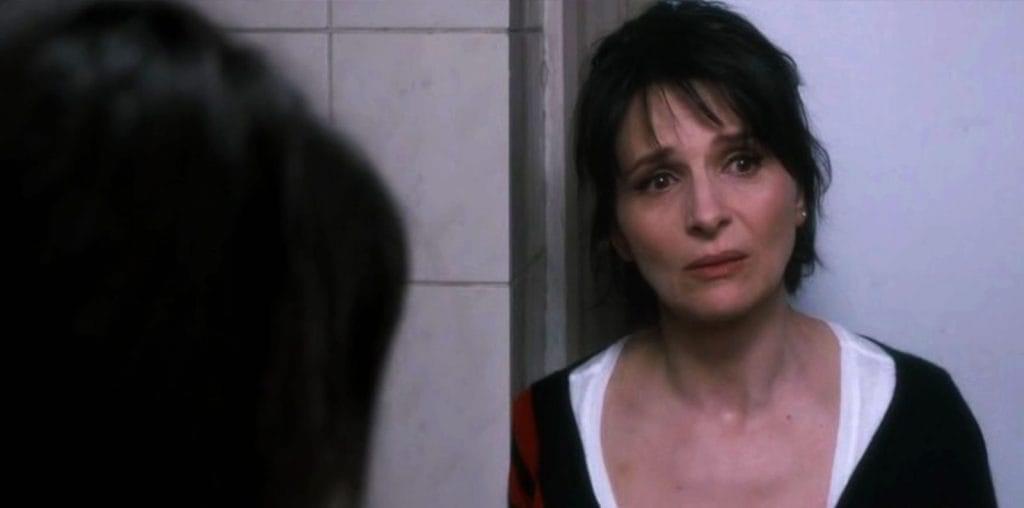
Remakes. The inherent problem with the remake is the question of why. Remaking a popular movie is a crap shoot seeing how you not only need to entertain the masses but also make sure to appease any fan base surrounding the original just waiting for your version to slip up. While some directors have circumvented this dilemma by changing their version enough from the source material in order to create a much different cinematic experience (“The Thing”, “Fistful of Dollars”, “Twelve Monkeys”) most are simply content to attempt to copy whatever elements made the original successful and hope for the best (“Psycho”, “The Getaway”, “Texas Chainsaw Massacre”). Kiyoshi Kuroosawa’s “Seance”, a reimagining of “Seance on a Wet Afternoon”, thankfully is an example of the former that doesn’t quite top the original but has a brooding menace to it which is all its own.
Being released along with “Charisma” to capitalize upon the critical acclaim garnered by Kurosawa here in the states following the success of both “Cure” and “Bright Future”, “Seance” deals with Sato, a television sound engineer (Kurosawa regular Koji Yakusho) and his psychic wife Junko (Fubuki). With Sato acting as breadwinner Junko is left home alone doing seances in her spare time to fill relieve her boredom. When a rich young girl is kidnaped the police turn to her for assistance but since her powers are so vague she can do little to help. When a freak accident occurs landing the girl in Sato and Junko*s garage the happy couple is faced with a choice, turn the girl immediately over to the authorities or hide her somewhere in order to play up Junko’s psychic powers.
The key to “Seance” is the slow build, the film reveals its sinister motive over time allowing the audience to grow attached to the lifestyle of Sato and Junko. Junko changes from passive wife to aggressive kidnapper, after all this young girl is her chance at notoriety and why should she be denied fame. Sato realizes the madness behind the plan but loves his wife too much to deny her happiness. Being a made for TV movie “Seance” makes up for its budgetary constraints given Kurosawa*s eye for direction and the delicate handling of the characters. However the great set up is let down by a somewhat lackluster second half which slides into cliched J-horror conventions. After tragedy has struck both Sato and Junko are left haunted by a sad looking ghost. The ghost follows them everywhere, a constant reminder of their grave error. While effective at first Kurosawa overuses the ghost, robbing later scenes of their power. To see a girl with black hair appear out of nowhere with her hair draped over her face is scary the first time but grows less creepy as the film progresses.
The big change between the original film and Kurosawa’s version is the supernatural element. Whereas in the original the Junko character was merely a supposed psychic, in this case Junko is the real thing. Another huge difference is how the girl ends up with our leads, in the original she is kidnaped by the husband and wife where in this version it is chance that brings them together. While the supernatural aspects of “Seance” distance it from the 1964 version they lose their impact after a while. The handling of the kidnaping as simple human evil, no more, no less in the original actually seems creepier than the manufactured ghosts in “Seance”. This is not to say that “Seance” isn*t well done or have scary moments, just that these new elements don*t succeed as compared to the techniques employed in the original.
Kurosawa is a director to keep an eye on, his critical praise is well deserved and he has a true eye for direction and pacing. “Seance” is best seen as yet another example of Kurosawa’s directional talents and keeps our mouths watering for his next feature.
